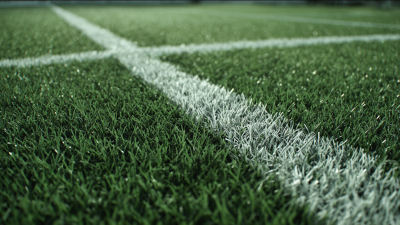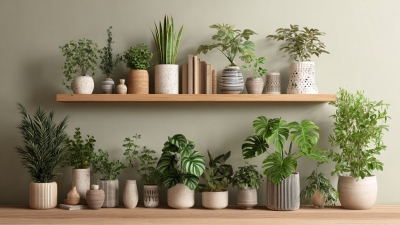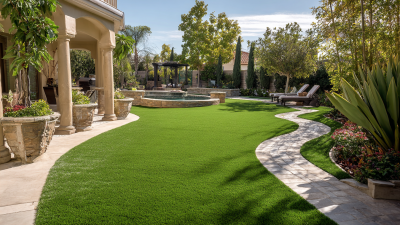Choosing the right Football Artificial Grass is crucial for enhancing the performance and longevity of the playing surface. With the growing popularity of artificial turf in football, players, coaches, and facility managers must understand the various factors that contribute to the quality and durability of these surfaces. This guide aims to unravel the complexities involved in selecting the best type of football artificial grass, considering elements such as fiber type, pile height, density, and infill options. By examining these key aspects, individuals can make informed decisions that not only improve gameplay but also ensure that the investment in artificial grass withstands the test of time.
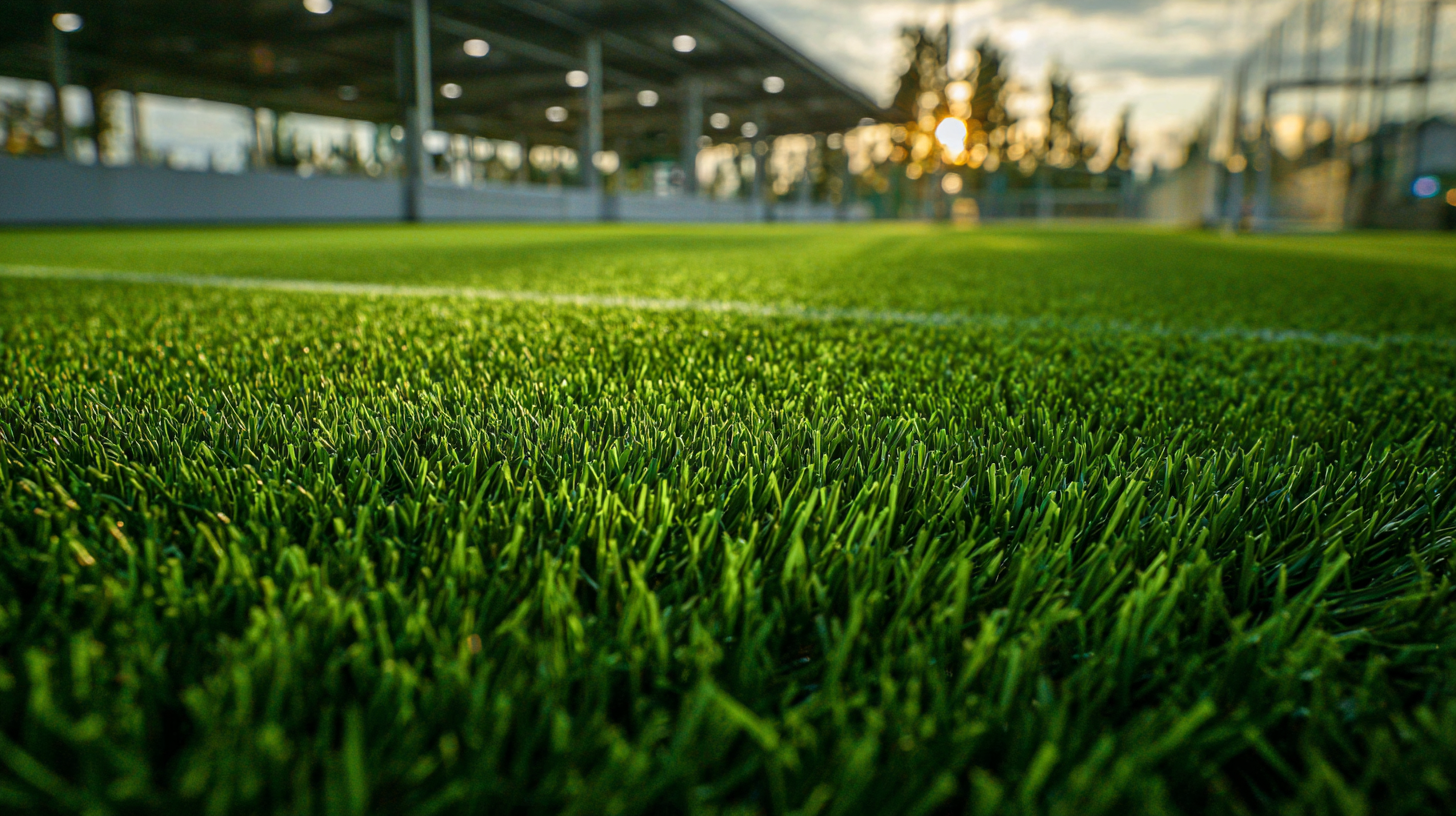
Whether for professional leagues or community fields, the right choice of artificial grass can significantly influence the overall experience on the pitch, making it essential to prioritize quality and suitability for specific playing conditions.
When selecting artificial grass for football, durability is a key factor that cannot be overlooked. The right material significantly influences the longevity of the turf, ensuring that it withstands the rigors of constant use. Polyethylene and polypropylene are two common materials used in artificial grass, both providing different advantages. Polyethylene is known for its softness and resilience, making it a preferred choice for football fields where players require a comfortable surface that can endure extensive wear and tear. On the other hand, polypropylene is often more economical and offers decent durability, but it may not provide the same level of performance as polyethylene under heavy usage.
Moreover, the construction of the grass blades plays a vital role in its durability. Choosing a product with a reinforced backing and a higher stitch rate can enhance the strength of the turf. A dense fiber system not only resists the effects of UV exposure and weather conditions but also minimizes the risk of degradation over time. It is also beneficial to consider the infill materials used, as quality infill can protect the grass fibers and improve shock absorption, contributing to both performance and longevity. Therefore, investing in high-quality materials and construction will ensure that the artificial grass can endure intense sporting activities and maintain its appearance for years to come.
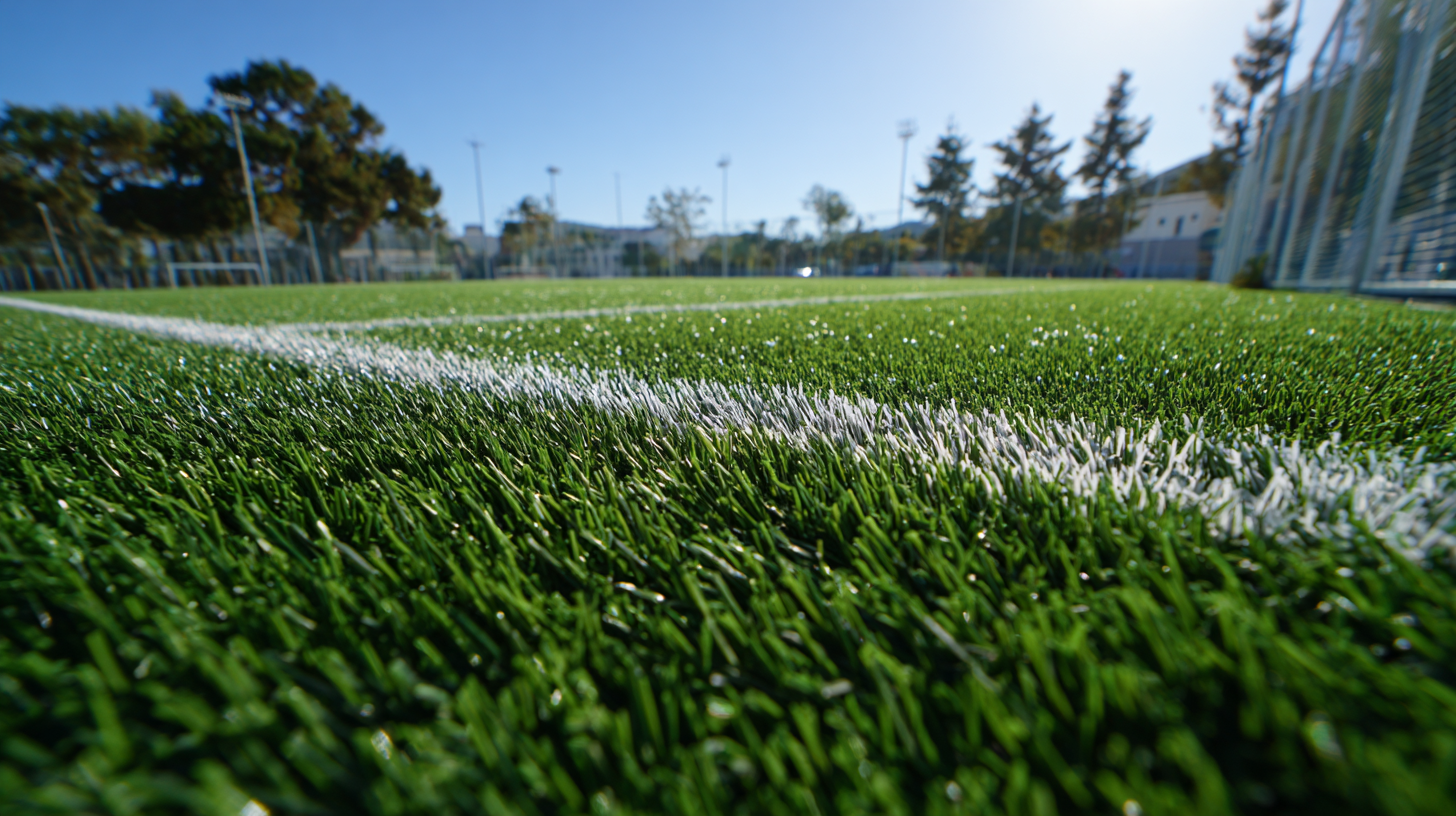
When selecting artificial grass for football, it's vital to understand the different types available to ensure optimal performance and longevity. Primarily, there are two categories: polyethylene and nylon.
Polyethylene offers a softer feel and is ideal for contact sports like football, as it provides a comfortable surface for players. On the other hand, nylon is more durable and can withstand heavy foot traffic, making it suitable for high-usage facilities.
Tips for choosing the right artificial grass: include evaluating the pile height, which typically ranges from 30mm to 60mm for football fields. A higher pile can provide better cushioning, while a medium height offers a balance between playability and durability. Additionally, consider the infill material, such as rubber or sand, as this affects the performance characteristics of the grass.
When assessing your needs, remember that not all artificial grass is created equal. Look for products that feature UV protection to prevent fading from sun exposure, and ensure they meet safety standards, such as being non-toxic and reducing the risk of injuries. By taking these factors into account, you can select the best artificial grass that enhances players' performance while ensuring longevity on the field.
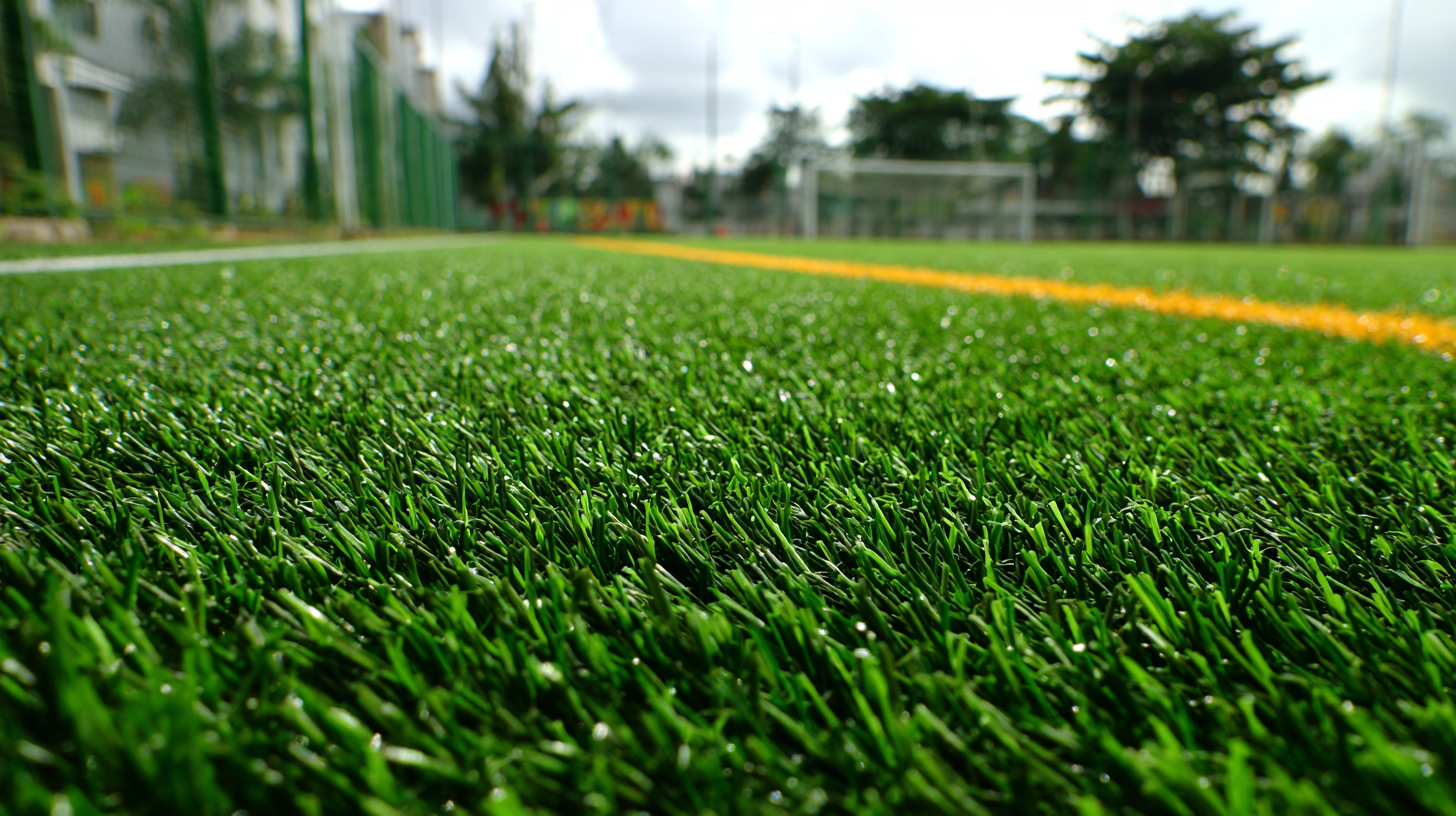 When evaluating performance features in football artificial turf, it's essential to consider several key aspects that affect gameplay and longevity. The quality of the yarn is paramount; look for high-performance polyethylene or nylon fibers that are durable yet soft to provide a natural feel. Additionally, the infill material plays a significant role—it should support optimal traction and minimize injuries. Choosing the right infill, such as rubber or sand, can significantly enhance the performance characteristics of the turf.
When evaluating performance features in football artificial turf, it's essential to consider several key aspects that affect gameplay and longevity. The quality of the yarn is paramount; look for high-performance polyethylene or nylon fibers that are durable yet soft to provide a natural feel. Additionally, the infill material plays a significant role—it should support optimal traction and minimize injuries. Choosing the right infill, such as rubber or sand, can significantly enhance the performance characteristics of the turf.
Tips: Ensure the turf has adequate drainage capabilities to handle all weather conditions, allowing for consistent play without waterlogging. Pay attention to the tufting density as well; a higher density generally leads to better performance and reduced wear over time. Finally, consider the UV stability of the synthetic fibers, which will ensure the surface retains its color and performance even under direct sunlight.
Investing time in evaluating these performance features will lead to the best choice in artificial grass, benefiting players with a surface that promotes skill development and reduces the risk of injuries. Always prioritize products that come with warranties, as this indicates confidence in longevity and performance.
When selecting artificial grass for football fields, understanding the installation and maintenance requirements is crucial for ensuring optimal performance and longevity. According to a report by the Synthetic Turf Council, proper installation can significantly enhance the lifespan of artificial grass, potentially extending it to 15-20 years. A key factor involves ensuring that the sub-base is adequately prepared, as well as using high-quality, UV-resistant materials which can withstand varying weather conditions and heavy foot traffic.
Regular maintenance plays an equally important role in durability. Studies indicate that regularly brushing and infilling the grass can help maintain its structure and appearance, effectively reducing wear and tear. The American Sports Builders Association recommends a maintenance regimen that includes periodic rinsing and infilling, which not only keeps the surface in peak condition but can also prevent issues such as infill migration and uneven wear. By adhering to these installation and upkeep guidelines, sports facilities can maximize both the performance and lifespan of their artificial grass surfaces, ensuring a safe and enjoyable playing experience.
When selecting the best football artificial grass, it's crucial to evaluate the balance between cost and quality. Cost-effective options may seem appealing, but they can come with significant drawbacks, particularly regarding durability and performance. High-quality synthetic turf not only enhances player safety but also withstands various weather conditions better, reducing the frequency and cost of replacements. Investing in top-tier materials can lead to long-term savings by minimizing maintenance and lifespan expenses.
Moreover, recent studies have highlighted environmental and health concerns associated with lower-quality infill materials, especially those derived from recycled tires. Hazardous compounds found in these materials have prompted discussions about the potential risks they pose. Therefore, while cost is an essential factor, prioritizing quality and safety is paramount. Players and organizations should consider the implications of their choices, not just for performance on the field but also for the broader environmental impact. Choosing artificial grass that prioritizes both quality and sustainability can ultimately provide a better playing experience and contribute positively to community health and the environment.
| Type of Grass | Pile Height (mm) | Infill Material | Durability (Years) | Cost per Square Meter ($) | Warranty (Years) |
|---|---|---|---|---|---|
| Standard Polyethylene | 40 | Rubber | 8 | 20 | 7 |
| Premium Polypropylene | 50 | Sand | 10 | 25 | 8 |
| Economy Nylon | 30 | Crumb Rubber | 5 | 15 | 5 |
| UHDPE (Ultra High-Density Polyethylene) | 45 | Natural Rubber | 12 | 30 | 10 |
| Artificial Grass with UV Protection | 35 | Eco-Friendly | 9 | 28 | 6 |
